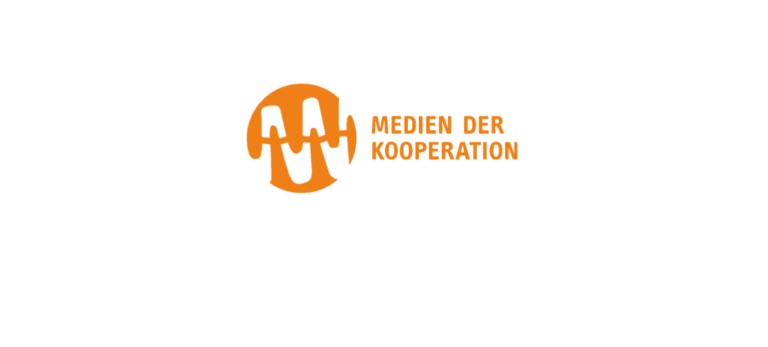
Im Zentrum steht die Erforschung digitaler, datenintensiver Medien, die sich auf breiter Front als kooperative Werkzeuge, Plattformen und Infrastrukturen herausgestellt
Short description of the project
The MultiHTR team is continuing the successful first project phase (June 1, 2020 to May 31, 2022) in order to expand the language portfolio in the second phase (June 1, 2022 to May 31, 2024) and make the latest advances in handwriting recognition (HTR) usable for the public and academia using artificial intelligence (AI). The overall project focuses on the (further) development of shorthand models for German, Yiddish written in the Hebrew alphabet, Ukrainian, Russian, Serbian and Ottoman. The automated transliteration and transcription models are intended to provide the public and researchers with access to previously inaccessible handwritten materials.
Project content
The MultiHTR team is continuing the results of the first successful project phase (June 1, 2020 to May 31, 2022) in order to expand the language portfolio in the second project phase (June 1, 2022 to May 31, 2024) and make the latest advances in the field of handwriting recognition (HTR) available to the population and academia. In this continuation, artificial intelligence (AI) will be used to develop advanced handwriting recognition models for languages and scripts not previously considered. The aim is to enable access to complex handwritten materials that were previously inaccessible to most users. The second phase focuses on the (further) development of shorthand models for German. In addition, a model for documents written in Hebrew Yiddish will be developed to make them accessible to descendants and the public. A further component is dedicated to the development of an HTR model for the Ukrainian language in order to make the indexing of Ukrainian-language archive holdings more efficient. At the same time, Ottoman-Turkish and Russian models are being further developed. The overarching goal of the project is to systematically advance progress in the field of handwriting recognition based on AI and to use the acquired technologies for the benefit of the population. In particular, the project focuses on the development of handwriting recognition models for German and for relevant migration languages in Germany/Baden-Württemberg. These models are to be trained by AI to automatically decode archive materials, ego documents and correspondence. In the first project phase, the project published models for Serbian and Russian. On the one hand, the automatically decoded texts serve as a basis for humanities research, in particular for micro-historical, discourse-analytical and sociolinguistic analyses. On the other hand, the population benefits directly by making complex, multilingual documents accessible without paleographic knowledge. The project is funded by the Baden-Württemberg Ministry of Science, Research and the Arts as part of the state's digital@bw digitization strategy.
achim.rabus@slavistik.uni-freiburg.de
multihtr@slavistik.uni-freiburg.de
Find out more at
www.multihtr.uni-freiburg.de
Add your DH research project to the project showcase by submitting a short project description via the web form. Enter project data, a brief description, a graphic or visualization as well as a detailed description of the project content with technical assignment, addressees, added value, project managers, funding information and duration.

Im Zentrum steht die Erforschung digitaler, datenintensiver Medien, die sich auf breiter Front als kooperative Werkzeuge, Plattformen und Infrastrukturen herausgestellt
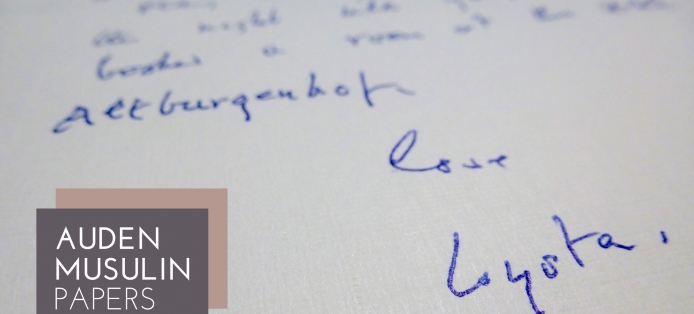
Von 1958 bis 1973 lebte und arbeitete der anglo-amerikanische Dichter Wystan Hugh Auden (1907-1973) viele Monate im Jahr im niederösterreichischen

Das von der Deutschen Forschungsgemeinschaft geförderte Projekt Diccionario del Español Medieval electrónico (DEMel) hat zum Ziel, der Öffentlichkeit ein lemmatisiertes
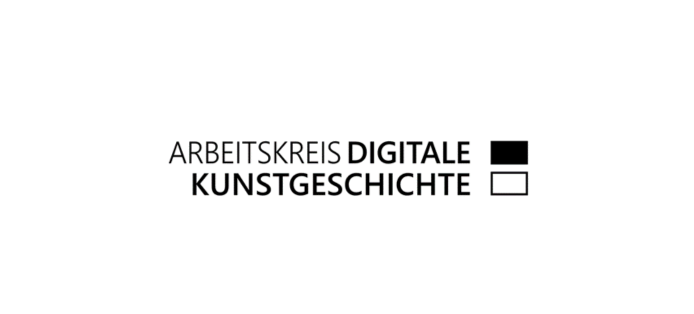
Der Arbeitskreis organsiert das #ArthistoCamp, die Schriftenreihe Computing in Art and Architecture und den #arthistocast – der Podcast zur Digitalen
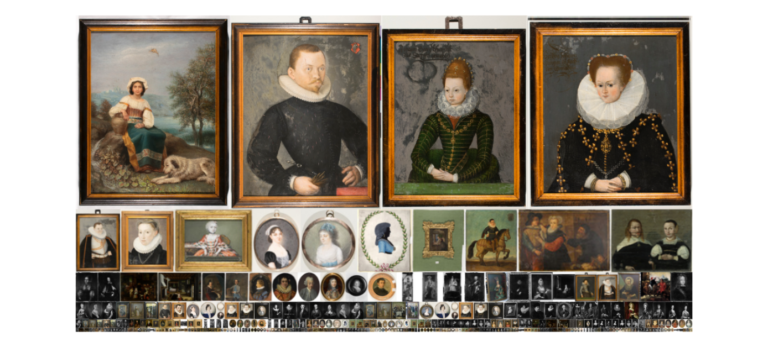
Das vom Bundesministerium für Bildung und Forschung (BMBF) geförderte und am UCLAB der FH Potsdam angesiedelte Projekt Restaging Fashion (11.2020
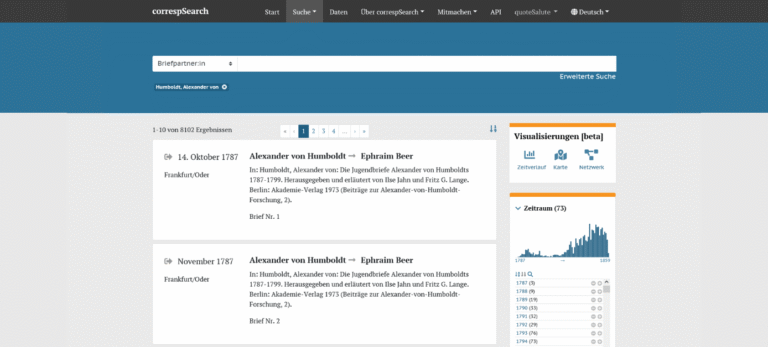
Der Webservice correspSearch wurde entwickelt um ein lange bestehendes Desiderat von Briefeditionen zu beheben: Die edierten Briefe editionsübergreifend durchsuchen zu

The Trier dictionary network offers access to more than 40 dictionaries and reference works, which can either be called up individually or queried together using a comprehensive search. At the same time, the dictionaries are interlinked at keyword level so that iterative navigation within the dictionary network is possible.
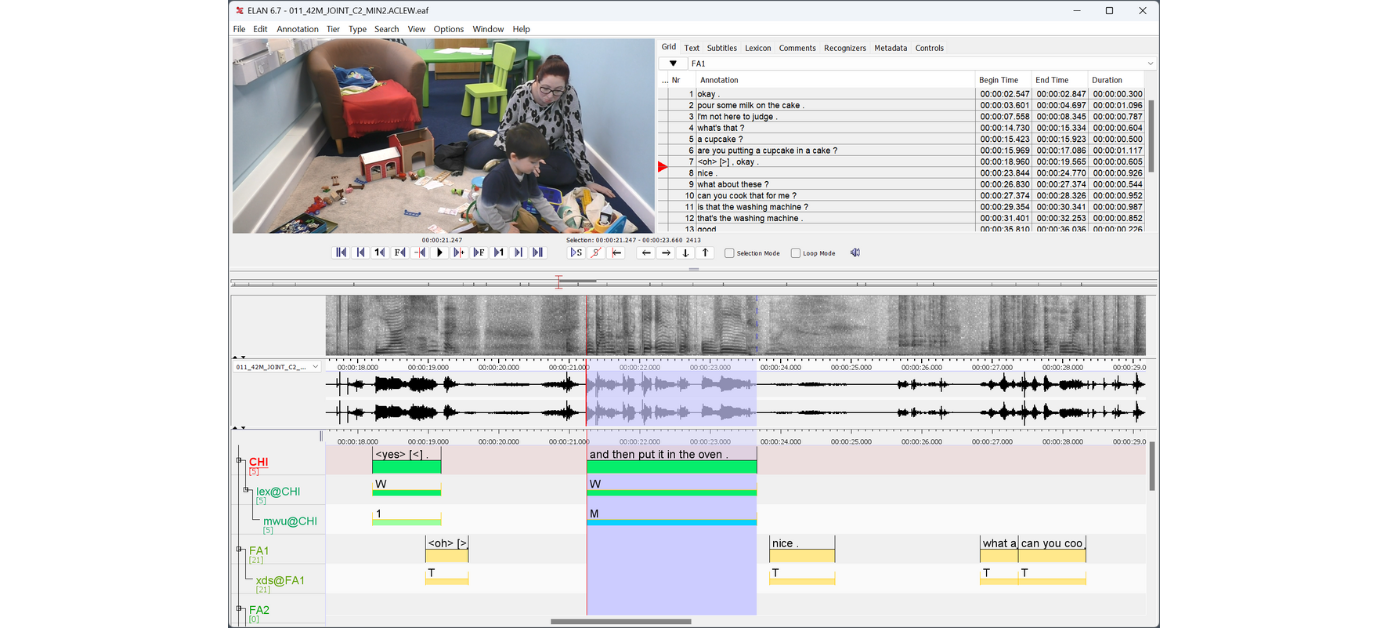
ELAN wird am Max-Planck-Institut für Psycholinguistik im Sprach-Archiv (TLA – The Language Archive) entwickelt. Es wird in der Programmiersprache Java geschrieben, die Quellen sind erhältlich für non-kommerzielle und kommerzielle Zwecken.
Wir verwenden Cookies und ähnliche Funktionen zur Verarbeitung von Daten. Die Zustimmung ist freiwillig und kann jederzeit widerrufen werden.